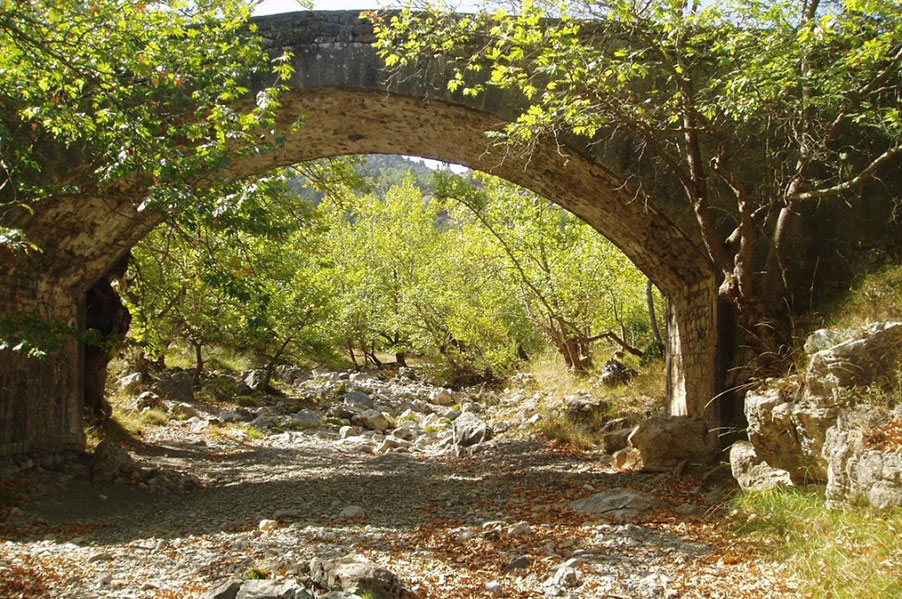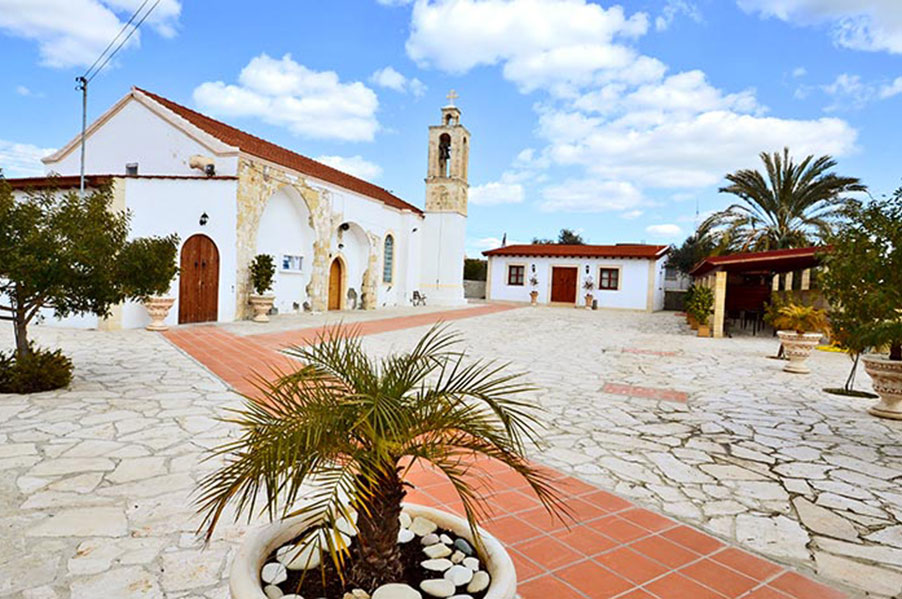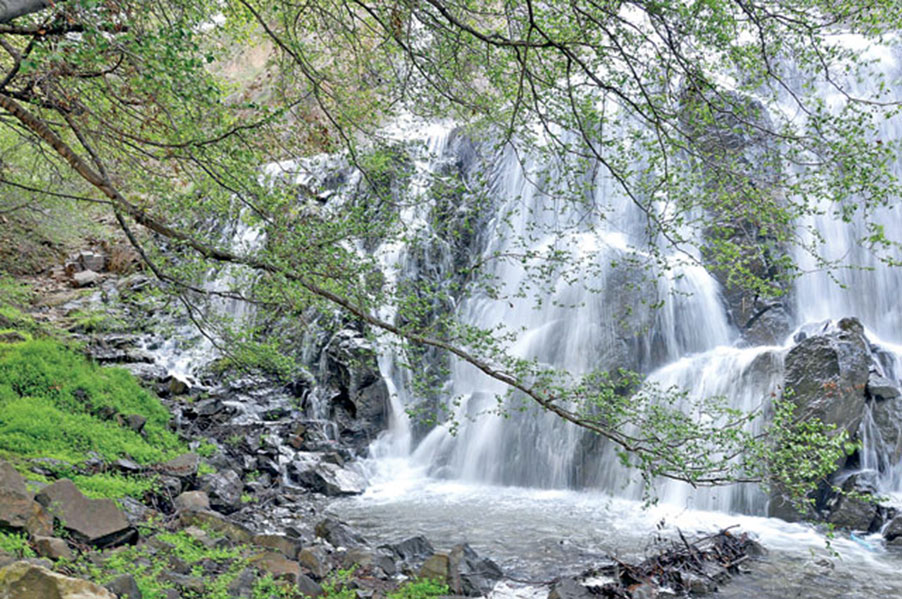- Home
- Nicosia
- Nicosia Entries
- Agios Ioannis Malountas
Description
History
Situated southwest of the capital city, at a distance of just 18 kilometres, is the beautiful village of Agios Ioannis Lefkosias. It is a village with idyllic and peaceful view, the splendour of which is highlighted on the tall hill of “Korakas”.
One is worth travelling to the magic of nature to enjoy the view of the sea from “Korakas” hill which is located northeast of the village. From this hill and looking towards the west, stretch the green slopes of the Troodos mountain region, with the occupied mountain region of Pentadaktylos being seen towards the north, the capital city towards the east, while a “bizarre”, as Karouzis characterises it, scenery with streams, deep ravines, weird cavities, conical hills, small trapezoidal plateaus and numerous other weird morphological formations” can be admired by looking towards the south.
Housing
Agios Ioannis Lefkosias is a place where elements of the present era coexist harmonically with elements of the past. Neighbourhoods with houses of modern architecture and picturesque neighbourhoods with narrow spiral alleys, houses of traditional architecture built of adobe bricks and stone from the river banks which are covered by fluted tiles comprise the architectural character of the community.
Naming
According to the Great Cyprus Encyclopaedia, the village is marked on old maps by the naming S. Jean, while four other villages bear the naming Agios Ioannis. The addition of the word Malounta to the name of the community is linked to the location of the village and more specifically to the fact that Malounta is a village neighbouring the community of Agios Ioannis.
Population
The village of Agios Ioannis Lefkosias, mainly due to its geographical location, constantly presents an upward course with regard to its population numbers.
In particular, several residents, as well as young families, choose to live in Agios Ioannis of Malounta since the community is located close to the capital and away from the noise of the big city. Therefore, the residents enjoy the facilities of the city and at the same time the peace, quiet and beauty of the Cyprus countryside. Because of the improved road network, numerous residents of the village are employed in Lefkosia. Summing up, the short distance from the capital city and the efficient road network have greatly contributed in increasing the population and at the same time fighting urbanization. The table analyses the community’s populating course.
Church
At the heart of the village stands imposingly the main church of the village which is dedicated to Agios Ioannis Prodromos. It is a 19th century church, the interior of which is adorned by a 16th century icon of Christ, while a built-in lion’s head of the 14th century adorns its exterior on the west.
Tour - Sights
- Necropolis Around the end of the 19th century, in 1883, an ancient necropolis was discovered near the village. Further research at the site brought to light Hellenic ceramics and various pieces of jewellery.
- The bridge An imposing bridge was built to facilitate the residents mainly during the winter months when the river of Akaki, a side-river of Serrachis, was flooded and split the village in two.
- Watermill The Watermill located on the banks of the river, at the location Vartali, constitutes one of the most distinctive watermills of Cyprus and has been declared a Monument by the Department of Antiquities. Up until World War II, the watermill operated and served both the residents of the village and the ones of the neighbouring villages.
- Underground Canals The residents of the village, in order to facilitate the irrigation of fertile expanses of land, created underground canals which transferred water from the river to the fields more easily. Karouzis refers to the creators of this ambitious project with admiration. In particular, he writes: “The residents of Agios Ioannis who created these canals are still alive, the same ones who believed in water. After all, back in those years there was no other way of delivering river water to their fields. Our farmers made huge efforts to achieve their goals. These wells required knowledge about the rocks, expertise in hydrology and practice”.



